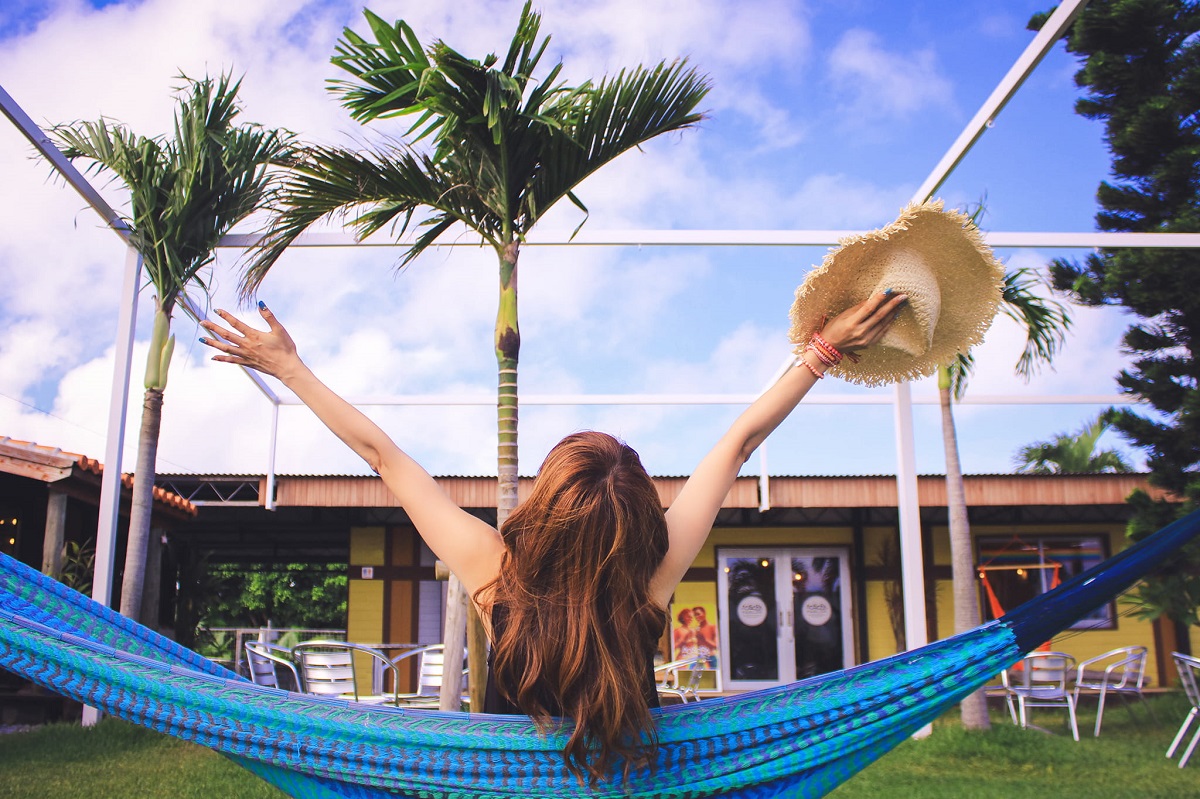
Living in Miami, a world-famous paradise, should feel like a year-round vacation. You shouldn’t have to spend hours toiling in the yard during a sweltering Florida summer (or spring, fall, or even winter). With these 12 low-maintenance landscape ideas for Miami, you can have a paradise-worthy yard without working your grass off for it.
12 Low-Maintenance Landscaping Ideas for Miami Yards
Here are 12 ways to design a Miami landscape that packs a maximum visual punch with minimal effort, saving you time, money, and stress.
1. Natives are Necessary
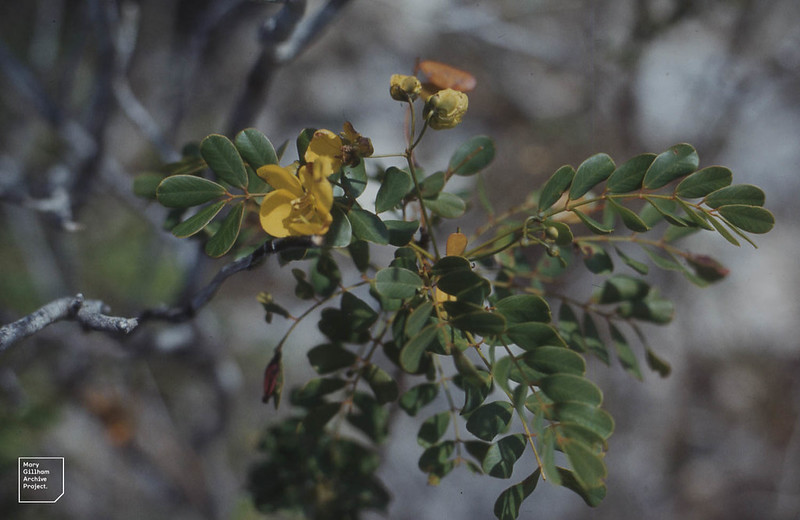
Native plants are greenery that grows naturally in Miami and, therefore, won’t need much help to thrive in your landscape. Replacing invasive species with Florida native plants will save you time and money on watering, fertilizing, and pest control. They’re definitely the best option for a low-maintenance landscape. They’re also a popular landscape trend in Miami.
Since Miami is one of the very few cities in the United States in USDA Hardiness Zone 10b (meaning the lowest temperature in winter is 35-40 degrees), it’s home to tons of rare native plants you won’t see anywhere else in the country. Some of these exotic beauties include:
- Bahama cassia shrub (Cassia bahamensis) – The little yellow flowers of this shrub add color to your yard without much effort.
- Gumbo-limbo tree (Bursera simaruba) – A native tree known for its striking appearance that provides shade during hot Miami summers.
- Wild coffee plant (Psychotria nervosa) – A small shrub that adds texture to your landscape design and requires little maintenance.
2. Perfectly Perennial
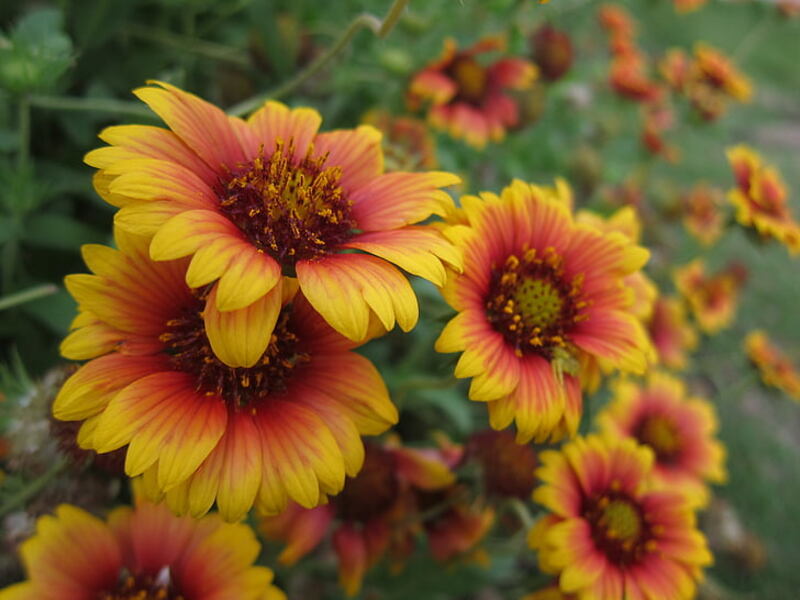
Plant colorful flowering perennials once, and you’ll have a vibrant garden for years to come. Perennials are plants that come back yearly, so you won’t need to plant new flowers every spring like you would with annuals.
Perennials come in diverse colors, shapes, and sizes, so you should be able to find the perfect plants for your garden, no matter the style. Some of the prettiest native Miami perennials are:
- Blanket flower (Gaillardia) – This colorful wildflower is drought-tolerant and can attract butterflies and other pollinators to your yard.
- Passionflower (Passiflora) – A vine that produces showy purple, pink, blue, white, or red flowers. It can attract hummingbirds to your garden, but according to the University of Florida (UF/IFAS), it’s not invasive like lantana.
- Elliott’s aster (Symphyotrichum elliottii) – This native plant produces purple flowers and can thrive in various soil types.
3. Lean, Mean Evergreens
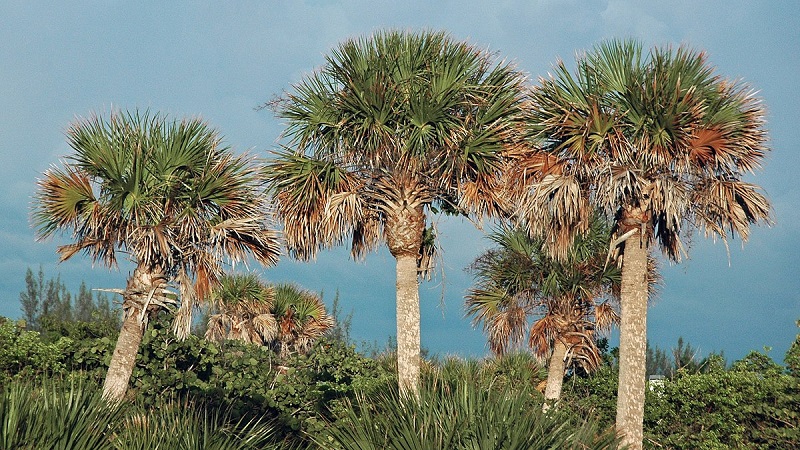
When fall (or South Florida’s version of fall) rolls around, you won’t have to worry about raking or leaf blowing if you plant evergreen trees. Evergreens retain their leaves year-round, so they don’t require any cleanup, and they look good in your landscape, even in the dead of winter.
You can also use evergreen shrubs for long-lasting, low-maintenance hedges and evergreen ground covers to keep your garden beds neat throughout the year. The most popular evergreens for South Florida landscapes are, of course, palm trees, but any of these trees will keep your Miami landscape green all year.
- Sabal palm (Sabal palmetto) – This native “cabbage palm” tree is taller than the saw palmetto (Serenoa repens). It’s a popular choice in Miami and requires minimal maintenance.
- Marlberry shrubs (Ardisia escallonioides) – These evergreen shrubs produce shiny green leaves and bright red berries in winter.
- Buttonwood trees (Conocarpus erectus) – These trees are known for their salt tolerance, making them excellent shade trees for coastal areas.
- Seagrape (Coccoloba uvifera) – This small, native tree produces dense foliage and clusters of edible fruit.
4. Rain It In
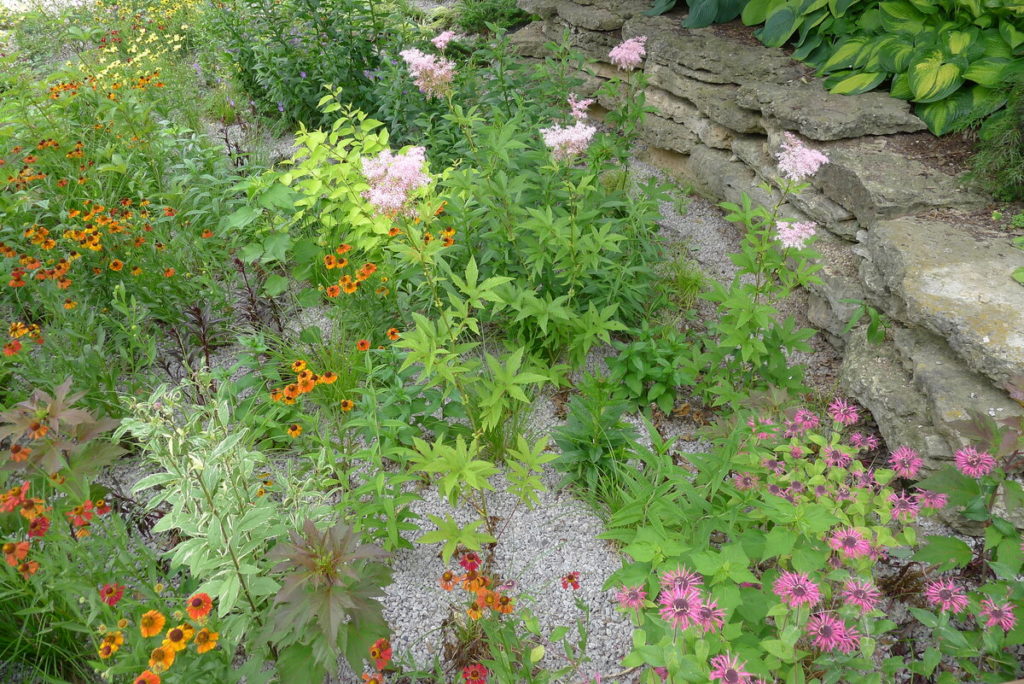
With a rain garden, you can say goodbye to your stormwater runoff, erosion control problems, and manual watering. As the name suggests, a rain garden collects rainwater and doesn’t need you to water it.
Though building rain gardens can be a hassle, they’re low-maintenance once established. You should use native plants that are both drought-tolerant and flood-tolerant in your rain garden. Miami natives that would work well include:
- Swamp mallow (Hibiscus coccineus) – This plant species is known for its large, showy red to white flowers and likes moist soil and full sun.
- Fakahatchee grass (Tripsacum dactyloides) – A native ornamental grass that adds texture to your landscape and is easy to maintain.
- Firebush (Hamelia patens) – Hummingbirds and butterflies are attracted to this heat-tolerant shrub.
5. No-Brainer Container Gardens
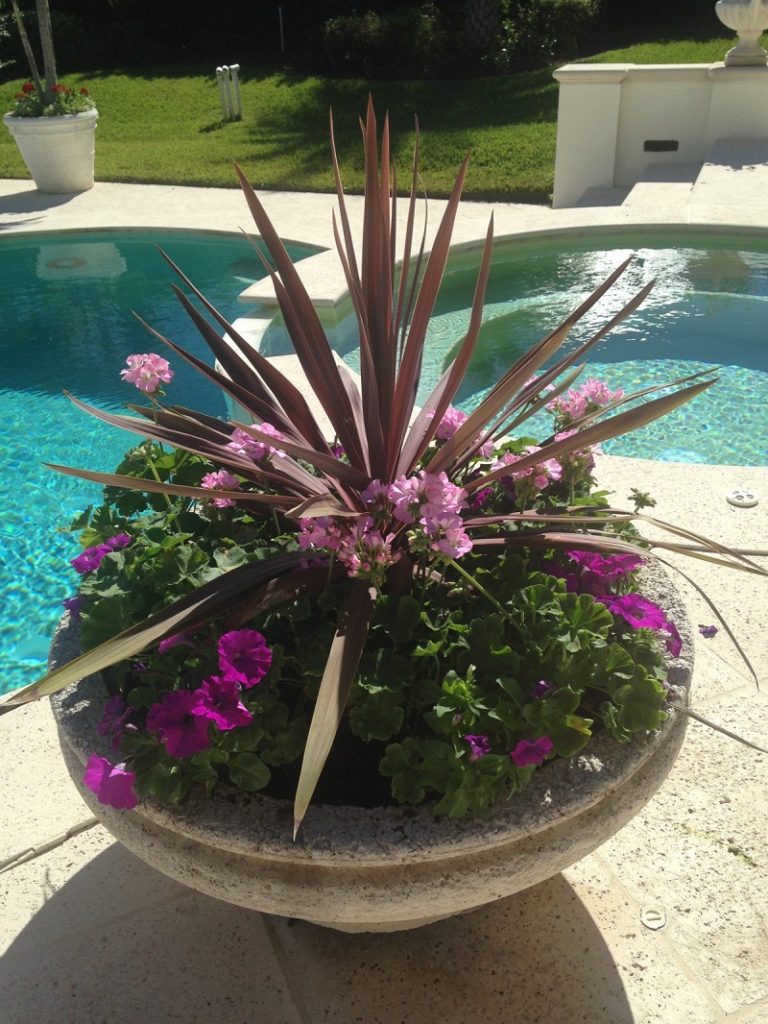
If you want a botanical pop of color in your yard but don’t have the time or green thumb it takes to grow an entire garden, consider a more leisurely route: container gardens. A container garden consists of plants in pots, planter boxes, or other containers.
Potted plants will be easier to care for than plants in the ground, especially for people with limited mobility. Potted plants are also easier to replace if one dies or if you want to display different plants for different seasons. What can you grow in a container garden?
- Flowers – Low-maintenance perennial flowers, like coreopsis, bromeliads, and daylilies, can add pops of color to your landscape without much care.
- Vegetables – You can grow a scrap garden from your left over veggies. Consider planting vegetables that thrive in Miami’s climate, such as tomatoes, peppers, and eggplant.
- Fruit – Smaller dwarf cultivars of fruit trees like mango, avocado, and citrus can provide both visual interest and a source of fresh, delicious food.
- Herbs – Consider adding some herbs to your low-maintenance landscape. Grow herbs like rosemary, basil, and thyme for a pizza-perfect herb garden.
6. Xeriscaped Crusader
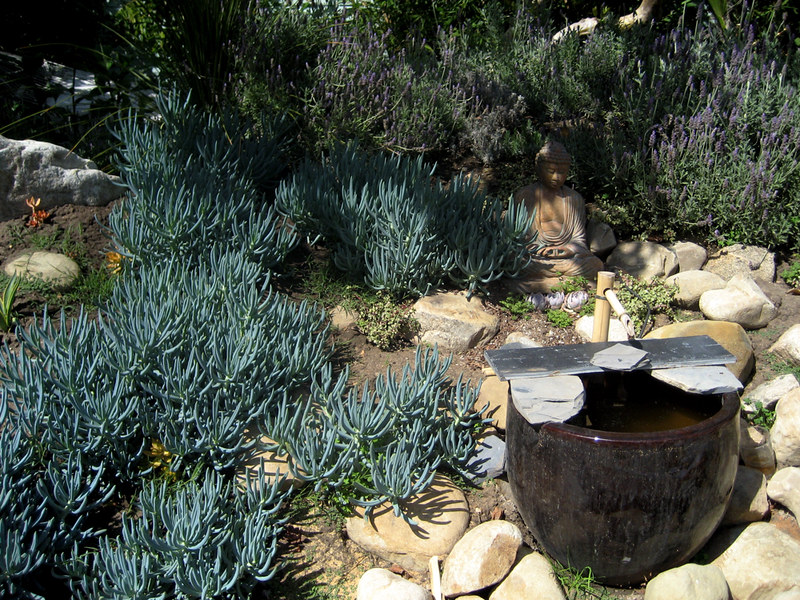
You can help save the world with xeriscaping, a method of landscaping that uses drought-tolerant plants and hardscapes to conserve water. Xeriscaping is good for the environment, your wallet, and your schedule since it can drastically reduce your water bill. Your landscape won’t need regular watering like a traditional yard would.
Though xeriscaping is more common in desert climates where water is scarce, it can look great and function well in your Miami landscape. Succulent gardens are a popular plant choice for xeriscapes, and drought-tolerant Florida native plants, such as beach sunflowers, can also work well.
7. Cover It With Ground Cover

Are you sick of pushing a heavy lawn mower in the middle of summer when the Miami heat (no, not the basketball team) is at its most unbearable? Think outside the box and replace your grass with a ground cover that won’t need mowing. Bonus: Many ground cover plants are pest-resistant, too.
You can use a less showy plant for a more traditional-looking yard or create a colorful ground cover to wow your neighbors. Some good ground cover options for Dade County landscapes include:
- Mondo grass (Ophiopogon japonicas) – This low-growing grass is perfect for adding texture to your landscape and requires little maintenance.
- Ice plant (Aizoaceae) – A drought-tolerant succulent that produces colorful flowers, making it a great addition to any low-maintenance landscape.
- Creeping phlox (Phlox stolonifera) – Producing masses of colorful flowers in the spring and requiring minimal maintenance, this ground cover is sure to please.
8. Artificial Isn’t All Bad
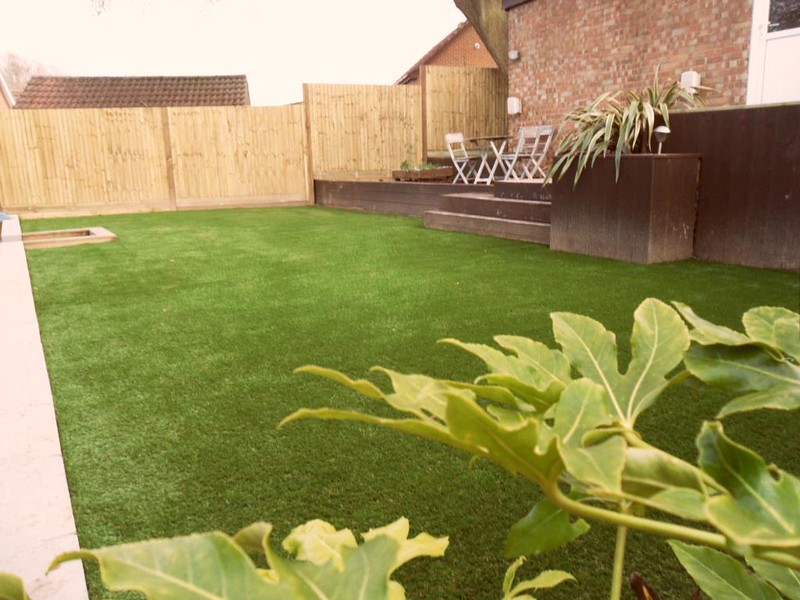
Artificial grass is a lawn alternative that needs even less maintenance than a ground cover. You’ll never have to cut artificial grass, it will never attract pests, and your pets and little ones can trample it to their hearts’ content without destroying it.
Of course, convenience comes at a price. Artificial grass is expensive to install, so it isn’t an option for everyone, but it can save you hours of yard work in the future if you’ve got the budget for it. Even though synthetic grass is very low maintenance, it still needs regular upkeep to maintain its look.
- Clear dust and debris with a stiff broom or power brush.
- Keep blades from matting into clumps by using a broom to keep them upright.
- Sanitize regularly with a cleaning solution, especially if your pets potty on the turf.
Note: Artificial grass isn’t as environmentally friendly as using native plants. Concerns around synthetic lawns are the loss of natural habitat and possible contaminated runoff. If this concerns you, check out A Guide to Eco-Friendly Lawn Care for other options.
9. Mulch Obliged
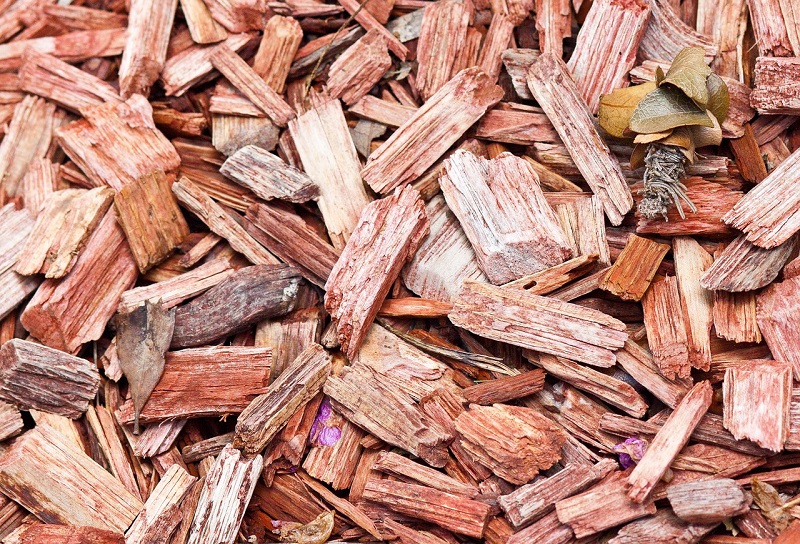
Mulch is one of the best, easiest, and cheapest ways to make your landscape more low-maintenance. It can prevent weeds, save time, help your plants retain water, and add organic matter to the soil. You can choose from
- Organic mulches like bark or wood chips, which are good for the soil but must be replaced annually.
- Inorganic mulches like rocks or rubber, which last for years but don’t improve the soil.
You can install landscape fabric under your mulch to smother weeds and keep your garden looking neat for longer. Traditional landscape fabric has some drawbacks, so you may consider using an alternative weed barrier.
10. Rock the Boat
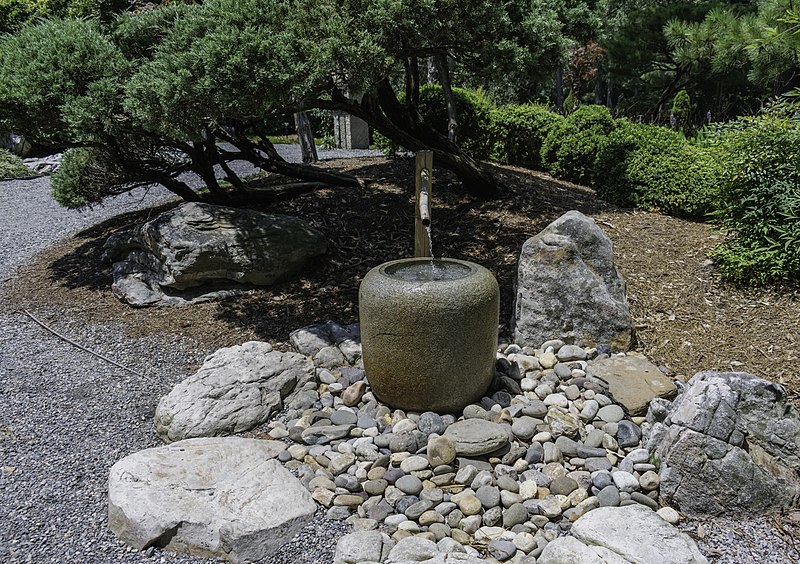
Throw convention to the wind and create a garden that uses maintenance-free rocks, stones, and boulders as its primary focus instead of plants. Rock gardens are ideal for homeowners or novice gardeners who want to get creative with their landscape but prefer something low-maintenance.
Rock gardens are highly customizable and come in many styles, from calming Japanese-inspired spaces to wildlife gardens. For a touch of color, add a few low-maintenance native Miami plants as accents in your rock garden.
11. Go Hardscape or Go Home
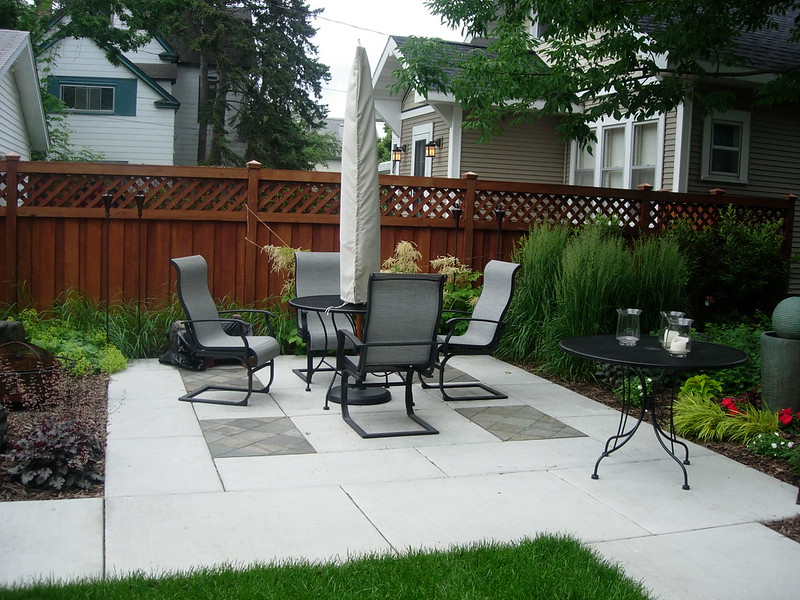
Consider replacing high-maintenance grass and plants (called softscapes) in your yard with hardscapes. Hardscapes are landscape features that are not plants or living things. A few hardscaping ideas for the backyard include:
Hardscaping might be more involved (and expensive) than simple landscape plantings, but it will pay off in the long run. Most hardscapes don’t require any maintenance beyond occasional cleaning. A good hardscape can add value to your home, especially in a mild climate area like Miami.
12. Irresistible Irrigation
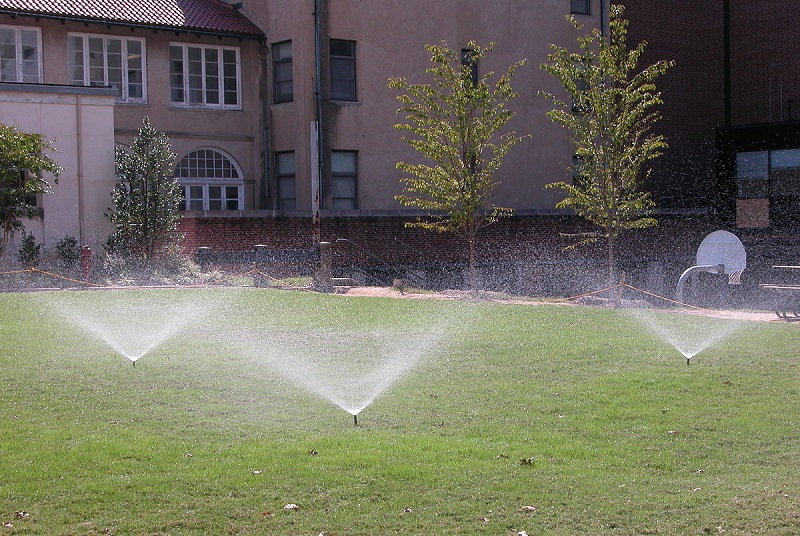
With an automatic irrigation system, you can set it and forget it. Put your sprinklers on a schedule, and your lawn and gardens will be watered daily (check local water restrictions and rules).
Automatic irrigation systems can maintain the health of your plants with little effort. During the summer months, regular irrigation is necessary to promote healthy growth. For every 12 inches of soil depth, provide 1 inch of water. Thoroughly water your lawn at least once a week, particularly during droughts.
Installing a new irrigation system can be expensive, and regular use may increase your monthly water bill. However, just like hardscapes, automatic sprinklers can increase your home’s property value.
FAQ About Low-Maintenance Landscaping in Miami
“Florida-Friendly Landscaping” is a program from the University of Florida that educates homeowners, communities, and landscaping pros on environmentally sustainable gardening practices.
The program follows The 9 Principles of Florida-Friendly Landscaping,™ which benefit local ecosystems and make your landscape easier to care for. Get some inspiration from our article Florida-Friendly Landscaping Ideas.
Bahiagrass is low-maintenance and one of the best grass types for Miami lawns. It is drought-tolerant, disease-resistant, and requires little fertilization. It can also thrive in the sandy soils common in this region.
No, a hurricane-proof landscape or home does not exist (although that would be nice). But see how these 11 hurricane-resistant landscaping solutions may protect your South Florida home from fallen trees, flooding, and broken glass during a hurricane or tropical storm.
When to Call a Landscaping Professional
If you genuinely don’t want to deal with landscape maintenance, you could even hire a regular landscaping service to do it for you. Many of our Miami area landscapers offer bush trimming, lawn treatments, and plant care services.
Main Photo Credit: Pxfuel